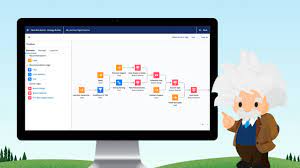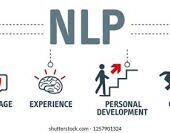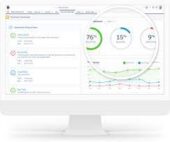Understanding What Lead scoring looks at explains how Einstein gives each lead a score based on how well the lead matches the company’s conversion patterns.
Einstein Scoring Model considers:
- Past converted leads, custom fields and activity data.
- Commonality of current lead with prior converted leads.
- Lead segment if segments have been configured.

Einstein Lead Scoring uses data science and machine learning to discover the patterns in your business’ lead conversion history, and to predict which current leads to prioritize. By using machine learning, Einstein Lead Scoring provides a simpler, faster, and more accurate solution than traditional rules-based lead scoring approaches.
The Scoring Model
Einstein analyzes your past converted leads, including custom fields and activity data, to determine your conversion patterns. It then identifies which of your current leads have the most in common with your prior converted leads. Based on this analysis, Einstein builds one or more scoring models for your organization.
During setup, Salesforce admins can choose to score all of your leads together, or group leads into segments based on field criteria. Einstein builds a separate scoring model for each lead segment. For each lead segment, admins can also choose to omit certain lead fields. When Einstein builds your scoring model, the omitted fields are ignored.
When you score all leads together without creating segments, and you don’t have enough lead conversion data to build your own predictive model, Einstein uses a global model. The global model uses anonymous data from many Salesforce customers. When you accumulate enough lead data, Einstein builds a scoring model with your data and uses the model with the better results.
Einstein models are refreshed every 10 days, or whenever the admin updates how Lead Scoring is configured. Lead scores are updated at least every six hours as needed.
Factors That Contribute to Scores
With each lead score, Einstein displays the lead’s field values that have the most significant positive and negative effects on its score. These fields are the lead’s top positives and top negatives. Sometimes, a lead’s score is due to a combination of several fields with only slight positive or negative effects, rather than a few very positive or very negative fields. In this case, Einstein doesn’t display top positives or top negatives for the lead.













